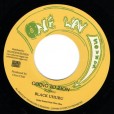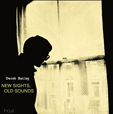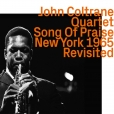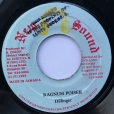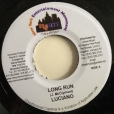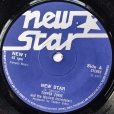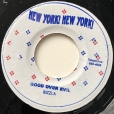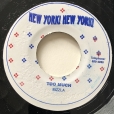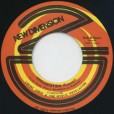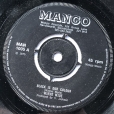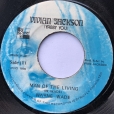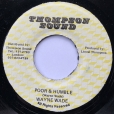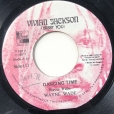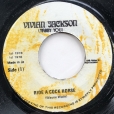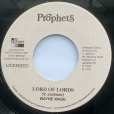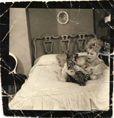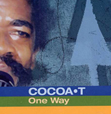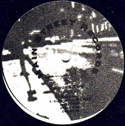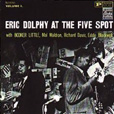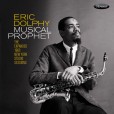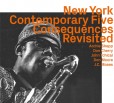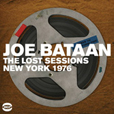Your basket is empty

Sublime. With Augustus Pablo.
1978 recordings on acoustic and electric guitar, originally released on vinyl that year by the Morgue label in Japan.
Two dates from an extended stay at the Half Note club, March 26 — May 7, 1965; originally captured for radio broadcast, but issued by Impulse! in 2005 as One Down, One Up: Live At The Half Note.
Here it is again, with vastly improved sound, re-sequenced to culminate in the stunning saxophone-drums duet One Down, One Up.
Writing in All About Jazz, Chris May quotes Alice Coltrane, reminiscing about this period: ‘Someone in the audience would stand up, their arms upreaching, and they would be like that for an hour or more. Their clothing would be soaked with perspiration, and when they finally sat down, they practically fell down. The music just took people out of the whole material world; it lifted them up.’ And Archie Shepp, specifically about these Half Note gigs: ‘It was like being in a church. I mean, Coltrane brought something which raised this music from secular music to a religious world music.’
Soulful American folk: a gorgeous, heart-stopping mixture of the longing you get in saudade — singers like Cesaria Evora and Joao Gilberto — and political protest. Will Oldham’s in there; so is Dionne Warwick.
Back with a pared-down, western sound. Bitter-sweet and nostalgic, but cut with longing, fantasy and hopefulness, in a daze (sometimes child-like) over lost love, lost innocence, lost years. ‘****’ (Mojo).
‘An album of cathartic intimacy, built around electronic textures and sparse percussion, with White’s gently yielding, half-spoken vocals pitched pleasingly between Laurie Anderson and Joni Mitchell’ (Mojo).
Bristolian singer Andy ‘Caine’ Cunningham was a big fan of Al Green.
His beautiful voice in fine fettle on this missing link between The Bottle and the Salsoul disco-raps — a foretaste of disco in 1976, but previously released only in Japan, including fine Isaac Hayes and Billy Stewart covers.
